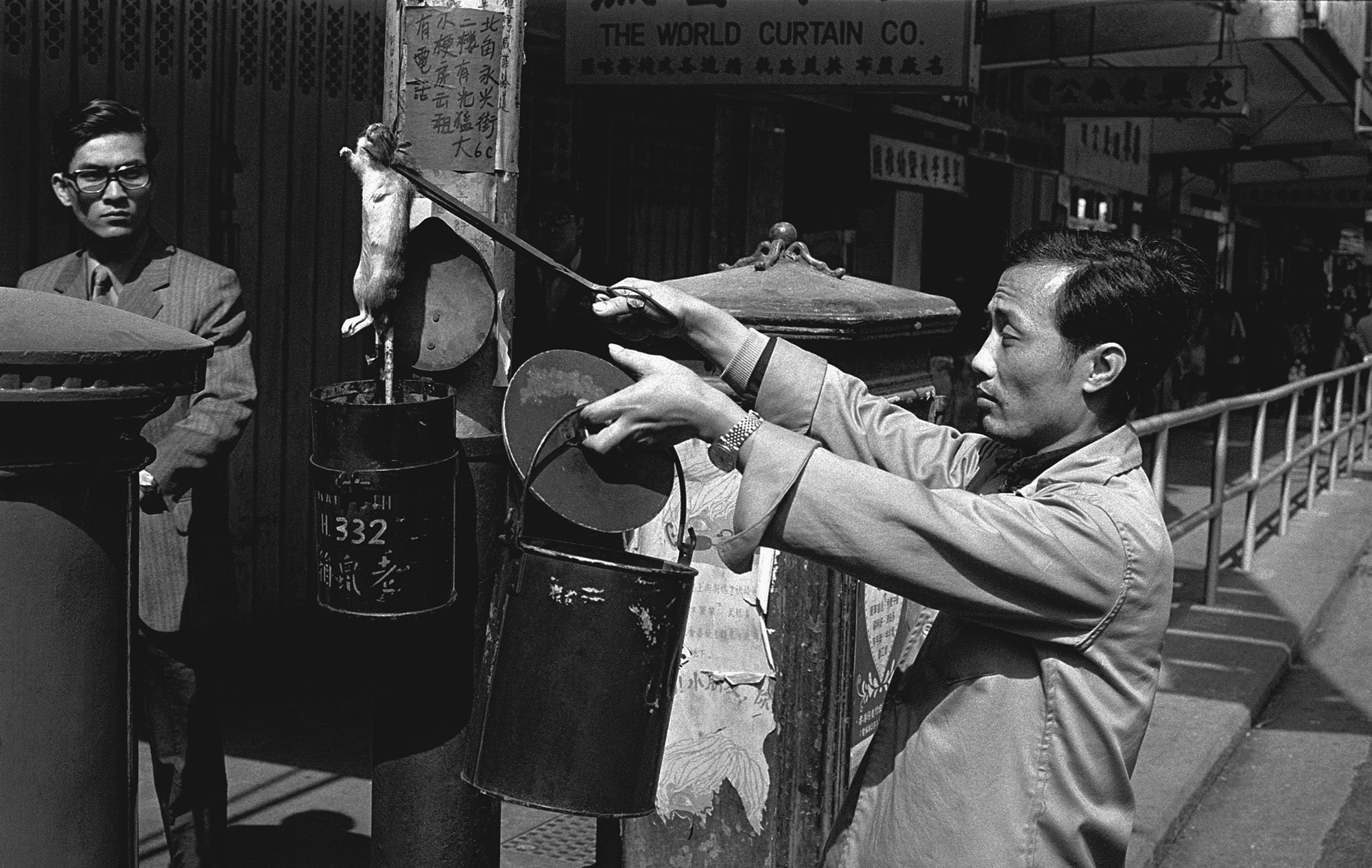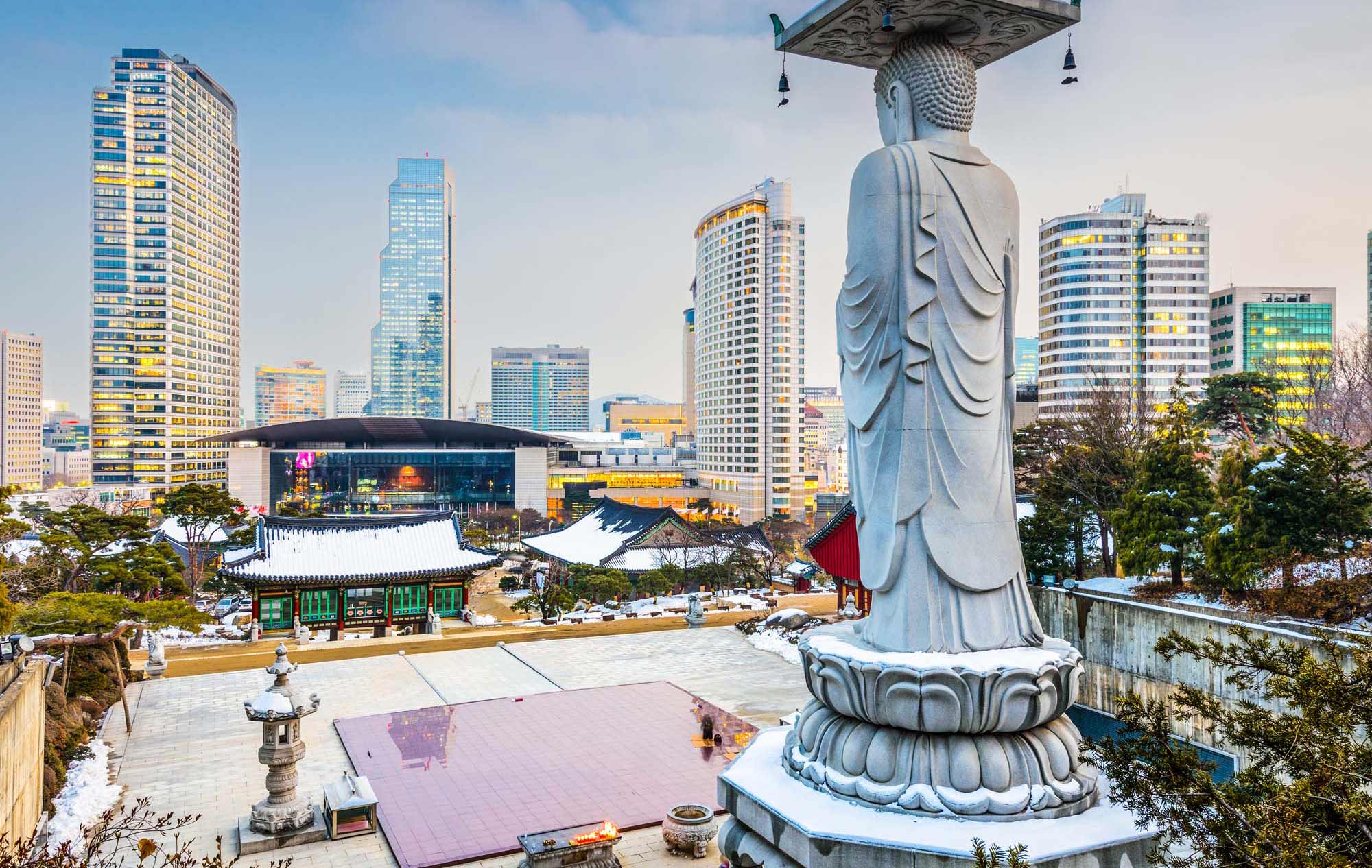In a shadowy corner of Central’s Zetland Street, next to the shuttered entrance of a car park, a mound of rubbish bags shudders and squirms. The next moment, a couple of rats emerge from underneath, scurrying across the lane.
A passerby squeals. Another walks quickly away, taking out his phone and filing an online complaint with the Food and Environmental Hygiene Department. An officer from the department replies the next day. ‘The rats have been destroyed,’ he reports, outlining how a mix of brodifacoum and coumatetralyl have been used to kill the rodents.
It’s a remarkably swift response from the government. But then again, Hong Kong has reason to take rats seriously. In the late 19th century, rats infested the squalid tenements of Sheung Wan, an overcrowded slum housing migrants from the Chinese mainland. As the rats burrowed into walls and nibbled at leftover food, they carried fleas, which in turn carried bacteria called Yersinia pestis. When humans came into contact with this bug, they developed symptoms that at first resembled influenza – fever, headaches and vomiting – before taking a truly horrible turn.
That’s because it wasn’t flu: it was bubonic plague, the disease that wiped out nearly 60 per cent of Europe’s population in the 14th century. When it broke out in Sheung Wan in 1894, its impact was barely less severe. In just five months, from May to October, the plague killed 2,000 people in Hong Kong and a third of the city’s population fled.
Entire neighbourhoods were evacuated, with masked British soldiers moving door to door to toss out furniture and other household items, which were burned in the street. Eventually, the crowded blocks around Tai Ping Shan Street, determined to be the epicentre of the plague, were wiped off the map and replaced by a more orderly grid of streets, as well as Blake Garden, Hong Kong’s first public park.
The plague proved devilishly hard to put down, and it flared up intermittently until 1926, killing up to 20,000 people in Hong Kong – a real tragedy, though just a fraction of the 12 million killed throughout China and India in what is now known as the third plague pandemic.
But the initial outbreak in 1894 was instrumental in eventually suppressing the disease. As the plague swept through Hong Kong, the Pasteur Institute in Paris sent a bacteriologist named Alexandre Yersin to investigate. He soon became the first person to isolate the bacteria that caused the disease.
The discovery pushed the British colonial government to introduce public toilets and other modern sanitation facilities to Hong Kong; until then, buckets of human waste had been collected by hand from each residence. And it led to something that would become a familiar sight for decades: rat boxes.
There’s an outmoded saying in Cantonese, ‘a rat bin on a lamppost,’ which is an impolite way of describing a mismatched couple: one much taller than the other. It emerged because, for much of the 20th century, hundreds of stocky black bins hung from the city’s lampposts. If you found a rat, it was your civic duty to dispose of it in one of these receptacles. According to a government report on pest control in 1958, between 500 and 1,000 rats were collected in the bins every day.
Each rat was taken to the Bacteriological Institute, a handsome red-brick edifice that overlooks Tai Ping Shan. In 1926, after examining 90,000 rats, scientists were able to conclusively declare the plague vanquished in Hong Kong. But the rat bins remained until the mid-1970s, when they were deemed incompatible with an increasingly clean and prosperous city.
Today, one of the last surviving rat bins can be seen inside the Museum of Medical Sciences, which occupies the space of the former Bacteriological Institute. But should you spot a rat on the street, there’s no longer any need for you to dispose of it yourself: just pick up your phone.














